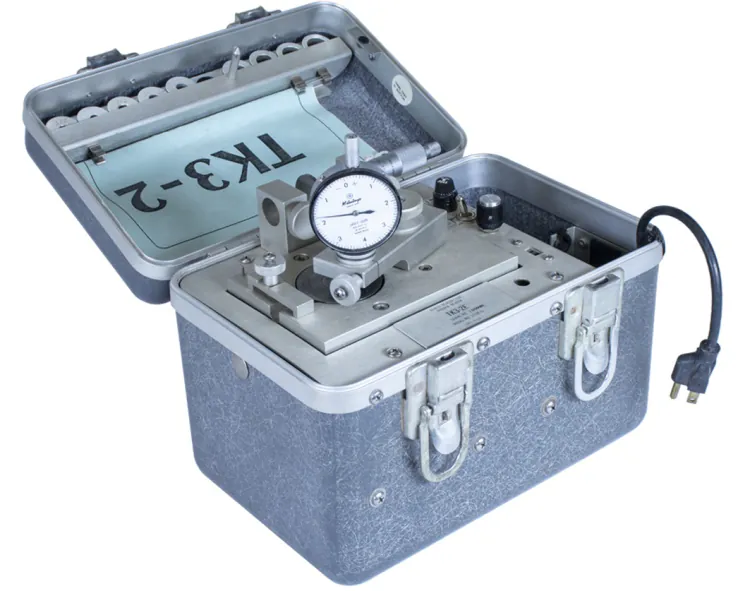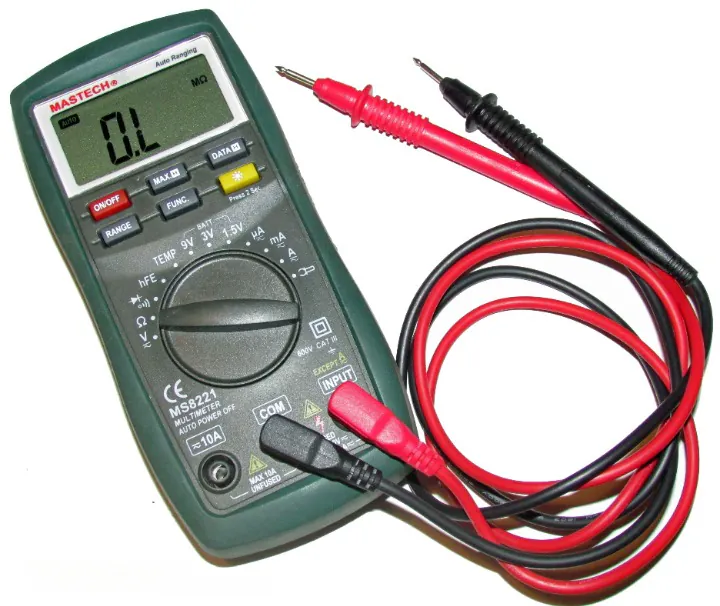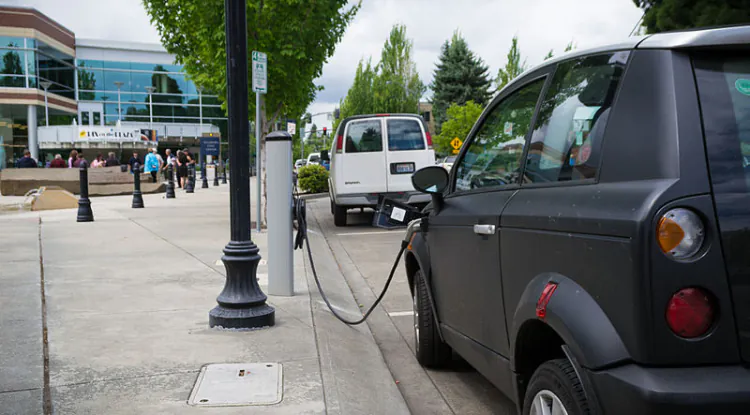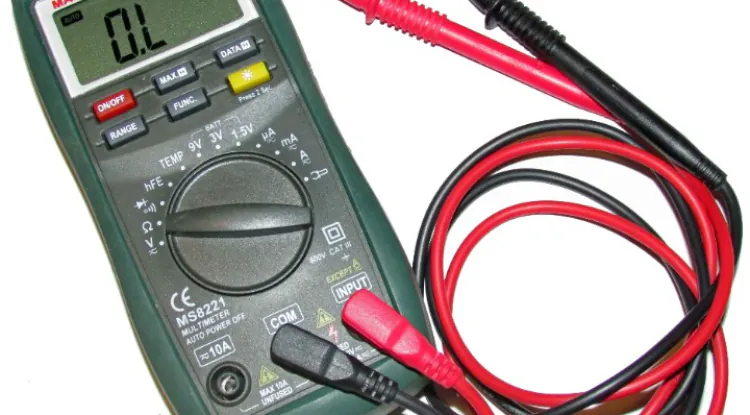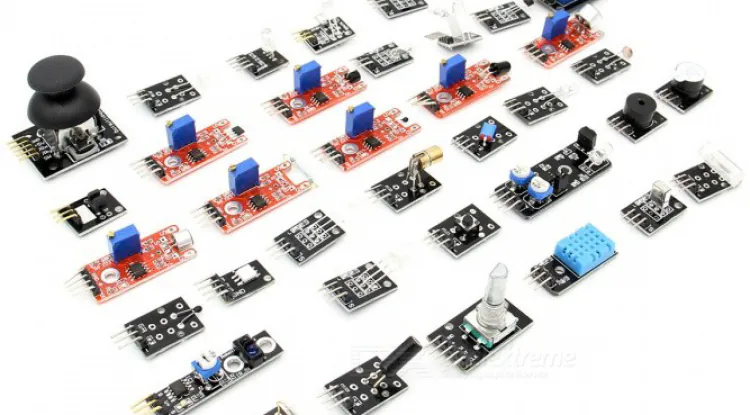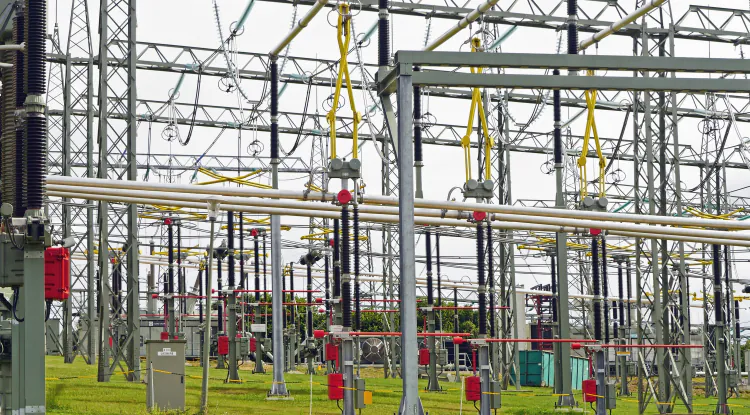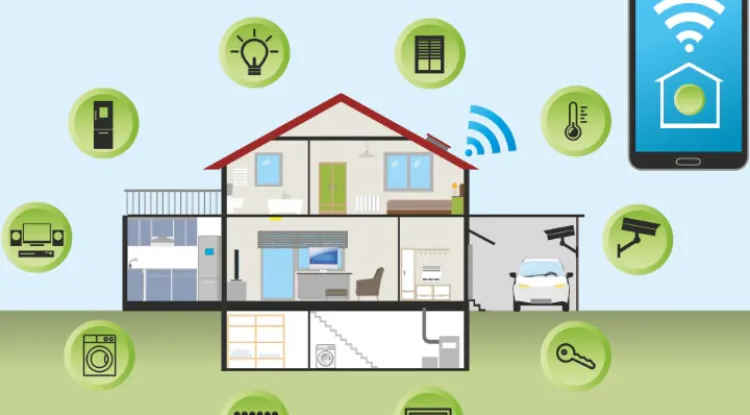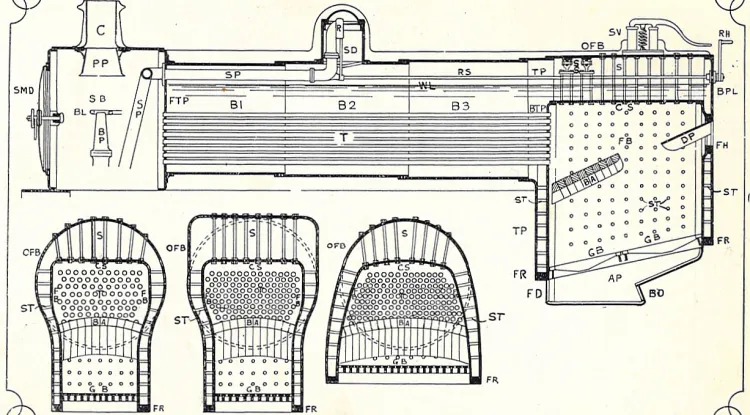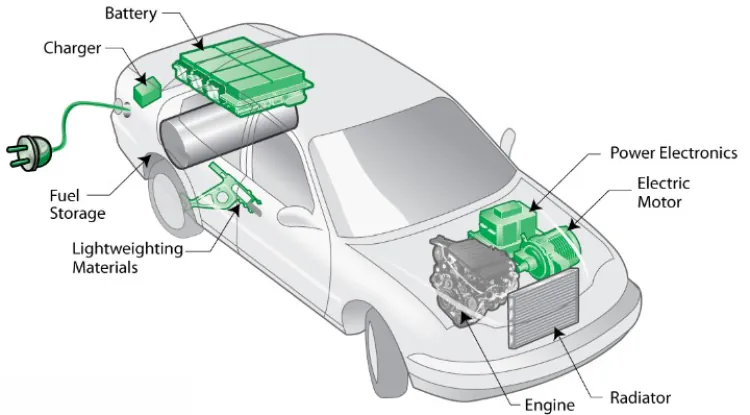How a Smart Home Can Save Money?
All Smart Home technology is compatible with home automation devices such as Siri, Alexa, iOS Home, and more. By using some other device you can save money.

Smart Home is a trending topic for the house owner and lots of companies already launched their product to market. All Smart Home technology is compatible with home automation devices such as Siri, Alexa, iOS Home, and more. All are easy to install and send your command to work it for you. But in the meantime, installing smart home systems at home will lower your electricity bills. Nowadays though ‘smart’ devices cost about 30 to 50 percent more than their technologically deficient counterparts. However, investing in smart home systems can offer a rapid return on investment in the long term. In this post, we will discuss “My Smart Home Can Save My Money?”
Now What Types of Smart Home Tech can save you Money?
We already mention some smart home devices and all are relying on simple tactics to cut your daily energy costs. There is a better way, Lower your daily energy bills and make your life easier with these ‘Smart’ home additions:
Smart Thermostats: Sometimes we forget to switch off our heating home appliances like air conditioners, and water heaters. If you have some appliances like this at your home then I think you already know the cost to run those. Here smart thermostats are using advanced technology for tracking occupancy and schedules to operate those appliances. Smart thermostats can program themselves, changing their settings so you don’t heat or cool an empty home. It prevents energy waste and helps you make proactive decisions. Take advantage of smart thermostat technology savings of up to $180 per year in your homes and this report was reported by The EPA’s Energy Star Program.
LED Lights: We all know that LED bulbs last longer than both their incandescent and CFL counterparts. LED also uses far less energy like 75 to 80 percent less than the typical 100-watt incandescent bulb. Connected LED bulbs, such as the Philips Hue, and it is compatible with your home automation system. LED light has a great history of improvement. You can read “History of Light Emitting Diode (LED) – 100 Years” for more historical details of modern LED.
Energy Cost Monitoring: Nowadays home energy monitoring systems, such as those from CURB and Sense can help you to identify which electronic devices are consuming the most current in your home when they are operational. You just need to connect to your home’s breaker panel and these little gizmos send detailed real-time information to your smartphone. Using this device you can easily decide which appliance you need to stop now when it is not 100 percent required.
Grocery Monitoring: Sometimes we can’t remember what’s in the fridge right now. Like, you need a drink and open your fridge and find nothing. When you open your fridge that time it loses heat from the inside. Here, smart refrigerators take advantage of the camera and give you a wide-angle view of refrigerator contents without opening.
Remote Power Management Devices: Maybe you are not familiar with Remote power management systems. Because it is not so popular at this time but becoming popular. Remote power management systems like Wi-Fi outlets offer the capability to monitor and operate home appliances in your home from anywhere. It can be anything like the light at your home, TV, Fridge, coffee maker, etc. You need to install this device at your home and by using a smartphone you can operate all appliances. This type of device also offers to operate from long distances like from another city or country. Just connect the internet with your phone and operate your home appliance.
More than Energy Savings: After all of these smart home devices, we still need to care about electricity. Its demand is getting high and the source is becoming less. We already burned a lot of fossil fuel. So it’s our responsibility to calculate each unit of electricity. If we care more we can save a significant amount of money each year.
Now if you find this post helpful then please share it with your friends and if we missed any point to explain just let us know in the comment. Thanks!
